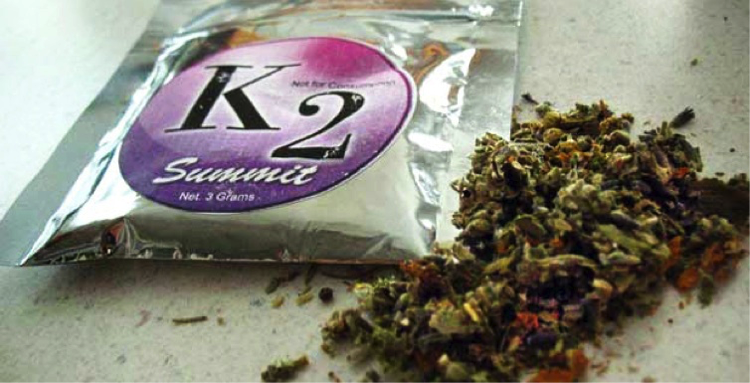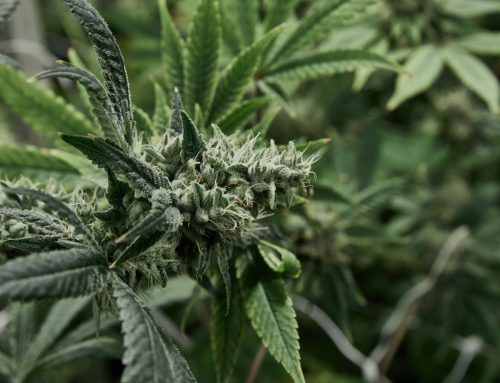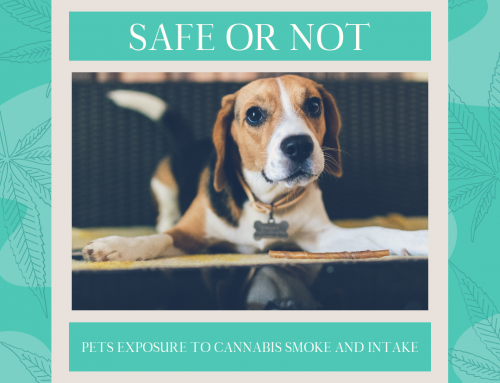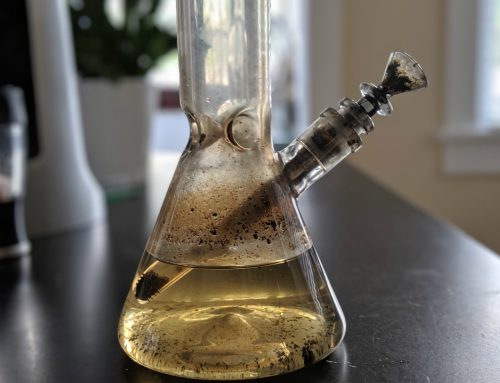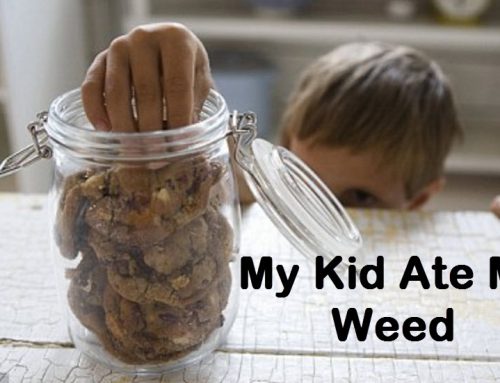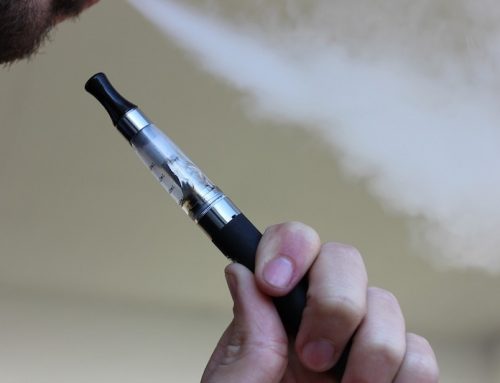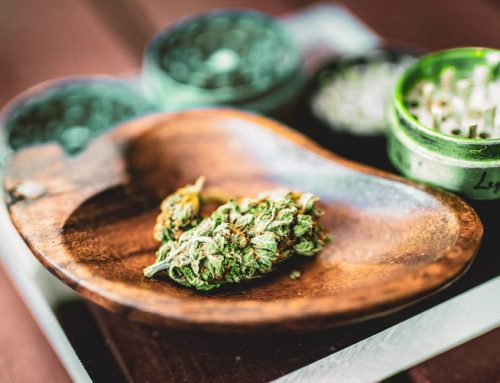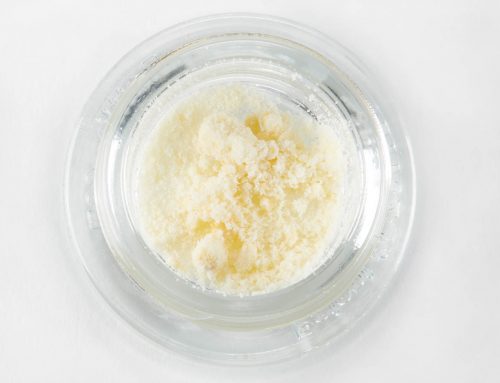Yet another study has produced evidence to suggest that rather than focusing on traditional cannabis, authorities could really do with cracking down on synthetic cannabis more severely. Across the United States and more recently the United Kingdom, ‘Spice’ has become a problem of epidemic proportions. Research suggests that younger people with depressive symptoms may be significantly more likely to experiment with synthetic cannabis than others. In addition, it was also found that those who use alcohol or real cannabis may also be more likely to try synthetic cannabinoid products at some point in the future.
This suggests that not only are products like Spice and K2 rife, but also that there remains significant miseducation as to the true dangers of synthetic cannabis products.
The fact that these particular risk groups have been identified highlights a “specific clinical sample that may assist in tailoring drug prevention treatment and discussions with patients,” commented Andrew Ninnemann from the Department of Psychology, University of Maryland and the lead author of the study.
Risk Groups
It’s becoming apparent that synthetic cannabis products like Spice, K2 and Black Mamba are often being turned to by those who find themselves in rather desperate situations. Nevertheless, use of such substances is also relatively common among many other demographics and audiences. In many instances, it is simply a case of curiosity getting the better of those chasing a stronger and more powerful high.
“SCs are substantially more potent than THC, making them riskier substances to use,” Ninnemann said – something of an understatement given that certain batches of synthetic cannabis can be literally hundreds of times stronger than real cannabis.
Until now, no study has examined the risk factors for SC use across time.
“Our study contributes this much-needed investigation to the literature and shows which common risk factors for substance use contribute to eventual use of synthetic cannabinoids in teens 1 year later,” Ninnemann said, commenting on what was the first study to focus specifically on specific risk factors, in accordance with synthetic cannabinoid use and experimentation.
For the purposes of the project, the research team took into account alcohol use, marijuana use and depressive symptoms – all of which were found to have a bearing on the likelihood of the respective individual to experiment with synthetic cannabis. Contrary to prior predictions, impulsivity and anxiety symptoms were not found to have the same effect.
| Factor | Odds Ratio of SC Use at 1 Year |
| Depressive symptoms | 1.42 (P < .05) |
| Marijuana use (baseline) | 2.47 (P < .001) |
| Alcohol use (baseline) | 1.85 (P < .05) |
| SC use (baseline) | 2.36 (P < .001) |
| Anxiety | 0.85 |
| Impulsivity | 1.03 |
The statistics in general are somewhat contradictory, in terms of the overall picture with regard to synthetic cannabis use. In the period between 2012 and 2015, the use of synthetic cannabinoids among younger demographics decreased significantly. However, the period between 2013 and 2015 brought about a 300% increase in the total number of incidents reported to poison control centres, regarding the use of such products.
The primary point experts are trying to drive home is the way in which there is no such thing as a safe approach to the use of synthetic cannabis, given the way you have no idea what has gone into any given batch and therefore what it could possibly do when consumed.
“Even single-time SC use could potentially harm an adolescent,” said Ninnemann.
“It is in the best interests of adolescent patients for clinicians and health providers to be discussing the risks of synthetic cannabinoid use with their patients and making clear the unique dangers and differences synthetic cannabinoids pose in contrast to marijuana.”
Harmful Effects

Another study also carried out into the adolescent use of synthetic cannabis found that those who use such products are considerably more likely to engage in dangerous activities and behaviours, than those who use traditional marijuana. By analysing the results of a variety of prior studies, researchers were able to determine that younger synthetic cannabis users are more likely to engage in violent behaviours, experiment with other drugs and engage in risky sexual activities than those who stick with real cannabis. In addition, it was also found that somewhere in the region of 10% of all high school students had experimented with synthetic cannabis at least once during their lifetime.
Heather Clayton, PhD, health scientist in the Division of Adolescent School Health at the Centers for Disease Control and Prevention, stated that these reports suggest that a worrying number of adolescents are “possibly on a very concerning health trajectory, which is particularly serious given that synthetic marijuana use is relatively common among adolescents.”
“Synthetic marijuana use may be an indication of other concerning health risk behaviours, and early marijuana use may be a risk factor for synthetic marijuana use,” she added.
“While the study does not show that synthetic marijuana use causes these risky behaviours, it’s still important for health professionals and school-based substance prevention programs to focus on strategies that reduce the initiation of marijuana and synthetic marijuana use, particularly for youth younger than 13 years of age.”
One of the biggest problems is the way in which synthetic cannabis products have for such a long time existed in a somewhat grey area in terms of legality. As it stands right now, the vast majority of governments worldwide have imposed their own unique measures by which to control and minimise the use of synthetic cannabis, though evidence suggests that all such efforts are proving ineffective.
Not only are adolescents in worrying numbers experimenting with synthetic cannabinoids, but such products are also finding their way into prisons and detention centres in unfathomable quantities. Not only this, but they have become a scourge across many homeless communities, with those becoming dependent on products like Spice finding them more difficult to quit than potentially lethal drugs like heroin.
It’s a point we have raised time and time again, but it is nonetheless when reports like these are published that it is of critical importance for local and national authorities to look more carefully at the possibility of recreational cannabis legalization. In so many instances, the only reason why people choose to experiment with synthetic cannabis is because they cannot get their hands on the real stuff for an affordable price and have a sufficient quality standard.
If they could, there would be no reason for them to risk their health and perhaps even their life on something that really is akin to playing Russian Roulette with every single batch.

